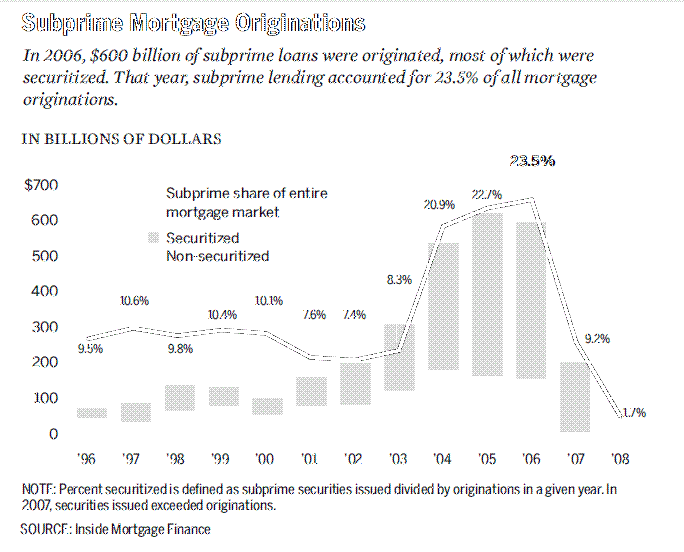Four investing lessons from the 2008 financial crisisThe Wells Fargo News Blog
Post on: 16 Март, 2015 No Comment

Four investing lessons from the 2008 financial crisis
Sixteen months ago, I got some very bad news from my doctor.
It could have been far worse had I not hired a trainer a couple of years previously who helped me establish a disciplined workout plan that improved my physical health and allowed me to weather the crisis and recover faster.
A similar jolt hit investors in 2008. To better understand the investing lessons from the 2008 financial crisis and how it affected investment psyches, our Wells Fargo Private Bank recently commissioned a study of affluent investors by the independent research firm TNS.
The results (summarized in the infographic below) reminded me again of the similarities between financial and physical health and the importance of four key investing lessons during tough times that apply to any investor, regardless of the investment amount:
- Tomorrow is another day.
Five years ago, and against the professional advice of advisors who urged maintaining a well-balanced portfolio, many investors completely withdrew from the market. Since then, the S&P 500 has gained more than 200 percent in total returns! For those who pulled out, this turnaround represents a greater lost opportunity than the actual decline in asset valuation, and delayed their ability to recover. While staying the course is best, the urge to let short-term setbacks lead to short-term actions is strong. In the study, 33 percent of investors told us the crisis is still a factor in how they invest, and 21 percent of them add that nothing can convince them to add to their portfolios. More than half (55 percent) of those surveyed who stayed in the market in 2008-09 said they would do so again if another downturn took place.
Although we’re living longer, which requires money to last even longer for retirement, our survey said many investors still aren’t adjusting their portfolios to accommodate longer lives and the potential impact of inflation. Don’t make this same mistake with your wealth plan.
While half of those surveyed consider their advisor their primary investment information source, an additional 25 percent rely on the media, 17 percent follow an investment plan, and 8 percent make investment decisions based on “gut instinct.” Using the health analogy again, if you were sick, would you look to the media or your “gut instinct” for diagnosis and treatment? No, you’d probably seek guidance from a medical professional. Why not seek the advice of a financial professional for your wealth health?
Despite the gaps found, one of the most encouraging results of the study was the reported lessons learned from the bear market of 2008-09. Just like for physical health, we can’t control the unexpected — only our reaction. Among investor takeaways from the crisis: staying disciplined (34 percent); staying diversified in asset choices (31 percent); avoiding taking action based on emotions (18 percent); and using a professional to guide investment decisions (17 percent).
By creating an investment plan with a professional, investors gain more conviction about their investment strategies and identify the risk they’re willing to take to reach long-term goals long before a momentary downtown.
So when markets cool and waver, consider your advisor like a fitness trainer — reminding you why you worked together to put your plan into place and motivating you to keep at it to reach your long-term goals.
How did the financial crisis affect your personal investment decisions? Do the study results surprise you? Have you experienced life challenges that affected your financial decisions? Use the “Leave a comment” feature to share.
About the author
Junkans is the chief investment officer for Wells Fargo’s Wealth, Brokerage and Retirement business, where he oversees more than $1.4 trillion in assets.
This information is for educational purposes only and should not be used or construed as financial advice, an offer to sell, a solicitation, of an offer to buy, or a recommendation for any security. Wells Fargo does not guarantee that the information supplied is complete or timely, undertake to advise you of any change in its opinion, or make any guarantees of future results obtained from its use. Wells Fargo & Company affiliates may issue reports or have opinions that are inconsistent with, and reach different conclusions from, this report.














